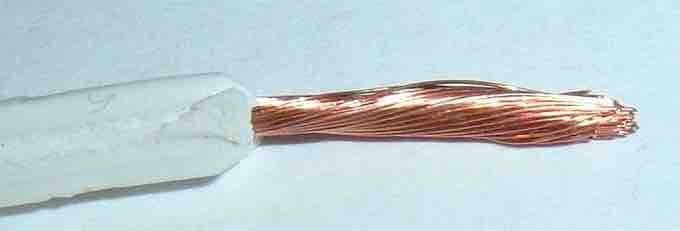Overview
All materials can be categorized as either insulators or conductors based on a physical property known as resistivity.
An insulator is a material in which, when exposed to an electric field, the electric charges do not flow freely—it has a high resistivity. Conversely, a conductor is a material that permits the flow of electric charges in one or more directions—its resistivity is low.
Conductors
All conductors contain electric charges that, when exposed to a potential difference, move towards one pole or the other. The positive charges in a conductor will migrate towards the negative end of the potential difference; the negative charges in the material will move towards the positive end of the potential difference. This flow of charge is electric current.
Ionic substances and solutions can conduct electricity, but the most common and effective conductors are metals. Copper is commonly used in wires due to its high conductivity and relatively inexpensive price. However, gold-plated wires are sometimes used in instances in which especially high conductivity is necessary.
Every conductor has a limit to its ampacity, or amount of current it can carry. This usually is the current at which the heat released due to resistance melts the material.
Insulators
Insulators are materials in which the internal charge cannot flow freely, and thus cannot conduct electric current to an appreciable degree when exposed to an electric field.
While there is no perfect insulator with infinite resistivity, materials like glass, paper and Teflon have very high resistivity and can effectively serve as insulators in most instances.
Just as conductors are used to carry electrical current through wires, insulators are commonly used as coating for the wires.
Insulators, like conductors, have their physical limits. When exposed to enough voltage, an insulator will experience what is known as electrical breakdown, in which current suddenly spikes through the material as it becomes a conductor.

Conductor and Insulator in a Wire
This wire consists of a core of copper (a conductor) and a coating of polyethylene (an insulator). The copper allows current to flow through the wire, while the polyethylene ensures that the current does not escape.